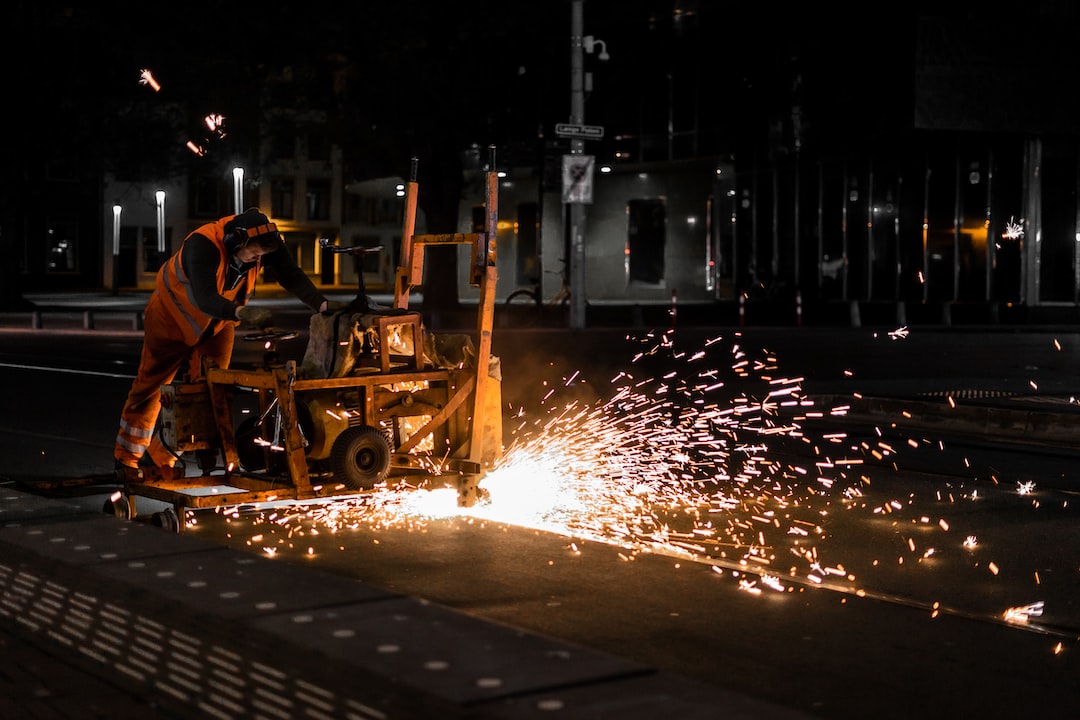How Virtual Reality is Changing Manufacturing Processes
Virtual reality (VR) has come a long way since its inception, and it has revolutionized various industries, including manufacturing. With the ability to simulate environments, virtual reality is transforming the way manufacturing processes are conducted. In this blog post, we will explore the ways in which virtual reality is changing manufacturing processes, leading to increased efficiency, improved safety, and enhanced productivity.
One of the major benefits of virtual reality in manufacturing is the ability to create realistic simulations. Manufacturers can now design and test their products virtually before investing in physical prototypes. By utilizing VR technology, engineers can visualize the entire production line and identify potential flaws or bottlenecks in the process. This allows for early detection and rectification of any issues, resulting in reduced costs and time wastage.
Furthermore, virtual reality enables engineers and designers to collaborate seamlessly, regardless of their geographical locations. With the help of VR headsets, team members can work together in a shared virtual space, simultaneously viewing and interacting with a 3D model. This real-time collaboration eliminates the need for in-person meetings, saving both time and travel expenses. It also facilitates better communication and ensures that everyone is on the same page, leading to more accurate and efficient manufacturing processes.
Another area where virtual reality is making a significant impact is training. Traditional training methods often require extensive resources and time, especially for complex manufacturing processes. With VR, employees can be trained in a virtual environment that mimics real-life scenarios, without the need for expensive equipment or risking safety. For example, machine operators can practice their skills in a simulated environment, allowing them to gain hands-on experience without the potential dangers associated with operating heavy machinery. This not only enhances the safety of employees but also reduces the risk of damage to equipment during the learning process.
Moreover, virtual reality is facilitating the integration of automation in manufacturing processes. By incorporating VR technology into robotics and automation systems, manufacturers can optimize the overall efficiency and effectiveness of their production lines. For instance, VR can be used to program and simulate the movements of robotic arms, ensuring that they operate smoothly and accurately. This enhanced precision reduces errors and wastage, resulting in higher-quality products and increased productivity.
In addition to improving efficiency, virtual reality enhances safety in manufacturing processes. By creating virtual replicas of real factories and production lines, manufacturers can identify and address potential hazards before they occur. VR simulations allow for the implementation and testing of safety measures, ensuring that employees stay out of harm’s way. Furthermore, virtual reality can provide workers with real-time instructions and visual cues, guiding them through complex processes and reducing the likelihood of accidents or errors.
Furthermore, virtual reality is changing the way products are designed and customized. With VR, manufacturers can create virtual prototypes of products, allowing them to experiment with various designs and configurations. This enables them to tailor products to specific customer requirements quickly and efficiently. For example, car manufacturers can utilize VR to offer customers the option to customize the interior and exterior features of their vehicles, providing a personalized experience. This flexibility in product design not only increases customer satisfaction but also enhances the overall competitiveness of manufacturers in the market.
In conclusion, virtual reality is transforming manufacturing processes in numerous ways. From realistic simulations and remote collaboration to training and safety improvements, VR technology has revolutionized the manufacturing industry. It allows for better visualization, efficient training, optimized automation, enhanced safety, and customized products. With further advancements in virtual reality, we can expect even more groundbreaking changes in the manufacturing sector, leading to increased productivity and improved competitiveness for manufacturers around the world.

